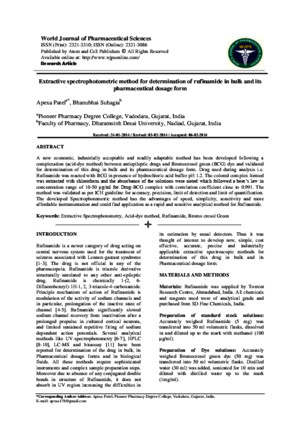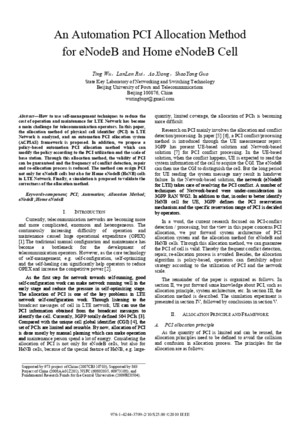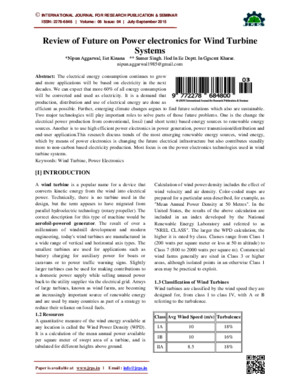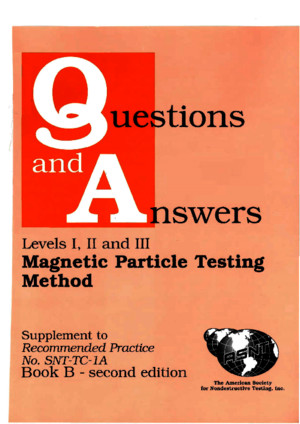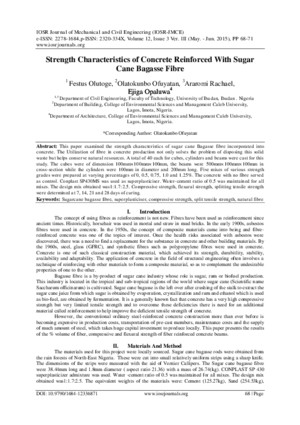A new dynamic rule activation method for extended belief rule based systems
There is document - A new dynamic rule activation method for extended belief rule based systems available here for reading and downloading. Use the download button below or simple online reader.
The file extension - PDF and ranks to the Education category.
Tags
Related
Comments
Log in to leave a message!
Description
Download A new dynamic rule activation method for extended belief rule based systems
Transcripts
1 A New Dynamic Rule Activation Method for Extended Belief Rule- Based Systems Abstract: Data incompleteness and inconsistency are common issues in data-driven decision models To some extend, they can be considered as two opposite circumstances, since the former occurs due to lack of information and the latter can be regarded as an excess of heterogeneous information Although these issues often contribute to a decrease in the accuracy of the model, most modeling approaches lack of mechanisms to address them This research focuses on an advanced belief rule-based decision model and proposes a dynamic rule activation (DRA) method to address both issues simultaneously DRA is based on “smart” rule activation, where the actived rules are selected in a dynamic way to search for a balance between the incompleteness and inconsistency in the rule-base generated from sample data to achive a better performance A series of case studies demonstrate how the use of DRA improves the accuracy of this advanced rule-based decision model, without compromising its efficiency, especially when dealing with multi-class classification datasets DRA has been proved to be beneficial to select the most suitable rules or data instances instead of aggregating an entire rule-base Beside the work performed in rule-based 2 systems, DRA alone can be regarded as a generic dynamic similarity measurement that can be applied in different domains Existing System: In many cases, the human knowledge commonly represented with IF- THEN rules needs to be complemented with other information, usually collected as a dataset, in order to model a problem in more detail In this regard, data-driven approaches provide mechanisms to construct a decision model directly from sample data However, due to the noise, varied quality or reliability of the data set used to generate a rule-based decision model, it is likely that the resulting model produces unreliable and inaccurate outputs This research focuses on two particularly-common scenarios in the rule- base decision model generated from sample data: incompleteness and inconsistency Incompleteness occurs when a data driven rule-based decision model is unable to produce a decision result due to a lack of information in the generated rule-base (caused essentially from the incompleteness of the sample data set) Proposed System: We proposed a Petri-nets-based mechanism to represent the rule-base and to identify conflicting situations However, this method required three processes to be performed to transform the entire rule-base into a Petri-net, which could be computationally expensive as the number of rules and complexity of the rule-base increase 3 Another approach was presented, where the notion of execution paths is proposed to identify these issues An execution path is a chain of rules, where the consequent of a fired rule can serve as the antecedent of another rule In this case, it is necessary to find all the possible execution paths of the rule-base, which may become a prohibitive process as the complexity of the rule-base increases Hardware Requirements: • System : Pentium IV 24 GHz • Hard Disk : 40 GB • Floppy Drive : 144 Mb • Monitor : 15 VGA Colour • Mouse : Logitech • RAM : 256 Mb Software Requirements: • Operating system : - Windows XP • Front End : - JSP • Back End : - SQL Server Software Requirements: • Operating system : - Windows XP 4 • Front End : - Net • Back End : - SQL Server




